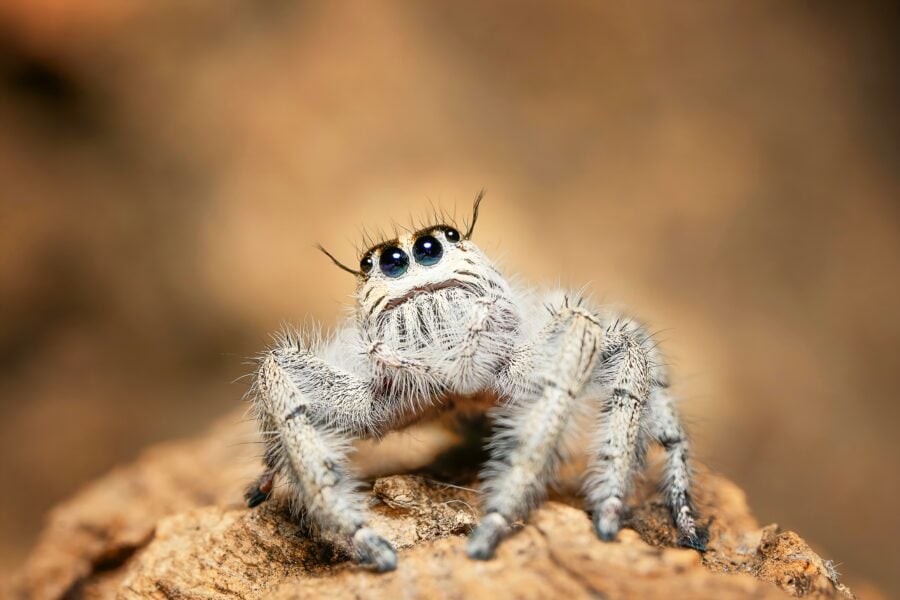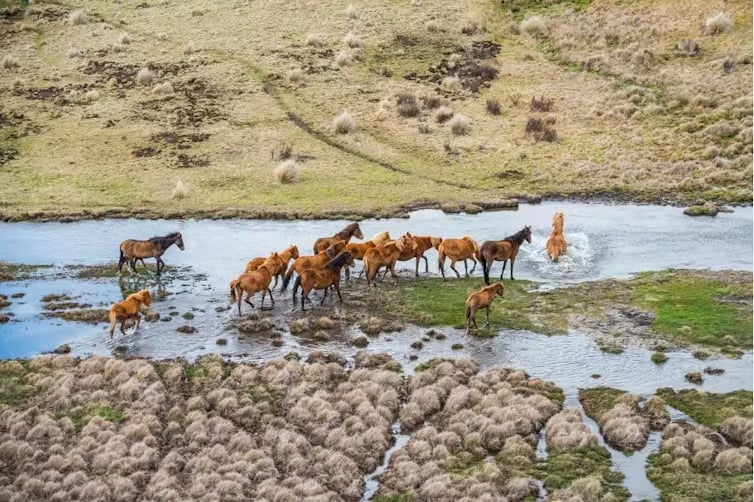Fearsome giant turtles found in Pacific cemetery

WITH THEIR HORNED HEADS and spiked shells, giant turtles that once lived on the Pacific island of Efate in Vanuatu may have looked fearsome, but they were easy prey for settlers, says a new study.
People shared the island with these giant land-dwelling turtles for at least two centuries, but eventually wiped them out, according to research published today by researchers at the University of New South Wales in Sydney.
“I don’t think the people would ever have contemplated that the resource was limited – subsistence hunters eat whatever they encounter if they can catch it the world over,” says lead author Dr Trevor Worthy. “Many peoples in the Pacific still have little concept of conservation, which is something only the wealthy first-world nations have recently embraced.”
Macabre practice
People first arrived on Efate, the main island in Vanuatu, about 3000 years ago. Matthew Spriggs and Stuart Bedford of the Australian National University, Canberra, who worked with Worthy, found middens – mounds of waste – dating from about 200 years after that. These middens contained the remains of at least 30 of the giant turtles, dumped, somewhat macabrely, on top of the graves of the first settlers.
“It is the first time this family of turtles has been shown to have met with humans and there are many turtle bones in the middens,” says Trevor. “Initial excavations in 2004 by the ANU team revealed that the first use of the site was as a cemetery and provided the first real opportunity in more than 50 years of research to describe a group of Lapita people and glean insights into their ritual and mortuary practices.”
This particular species of land turtle is new to science, but the remains very closely resemble those of other extinct giant turtles (known as meiolaniid turtles) from Lord Howe Island, NSW, for example.
While the team don’t have skulls from Vanuatu, they think the new turtle probably shared the horns, as well as the knobby tail, of its close relatives. The beasts were big, with shells up to one metre long. However, their horns meant they were unable to retract their heads into the shells, making them more vulnerable to hunters.
Systematic killing
The team don’t know how many of the turtles lived on the island before people arrived, but the settlers probably systematically killed and ate the animals, says Trevor. While this is the first evidence that people ever overlapped in time and space with giant turtle species, other giant turtle fossils have been found in New Caledonia and Viti Levu in Fiji, showing the animals were widespread in the Pacific.
As they went extinct only recently, studies of middens or recent beach deposits on other islands might unearth more species, says Trevor. “We are likely to be able to learn much more about this enigmatic family if we explore the palaeofaunas of islands similar to Efate,” he says.
“This is a remarkable find, and adds the horned tortoises to the list of charismatic megafauna that has gone extinct in Australasia and the Pacific during the Holocene,” comments Dr Arthur Georges, an expert on the evolution of turtles at the University of Canberra.
It’s hard to know exactly what drove the turtles to extinction, say the researchers. The settlers also cleared land, and brought pigs with them, both of which could have helped speed the turtles’ demise.
On other islands, such as Fiji, rising sea levels seem to have contributed to the extinction of horned turtles, adds Gilbert Price, who researches extinctions at the University of Queensland in Brisbane. Gilbert says the research is “one of the few studies that have shown a significant crossover between humans and extinct megafauna, not just for Vanuatu, but the southwest Pacific more broadly.”
The research is published today in the Proceedings of the National Academy of Sciences.




